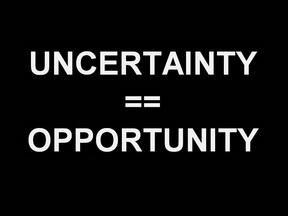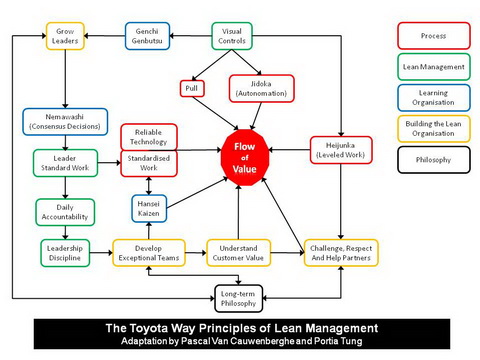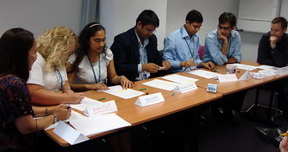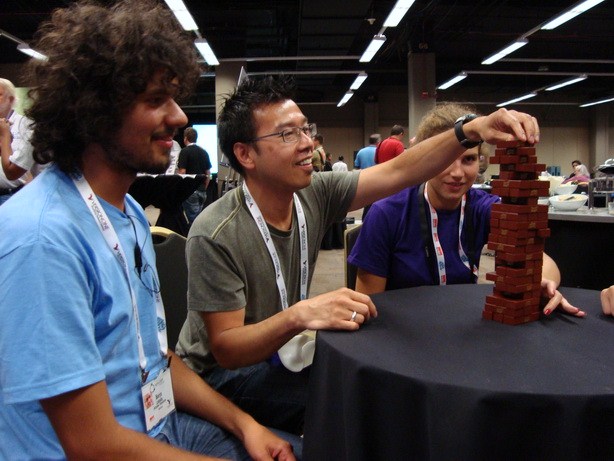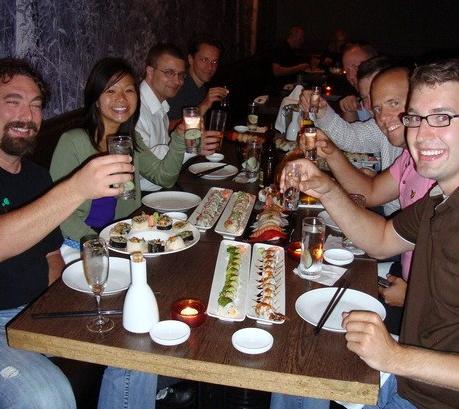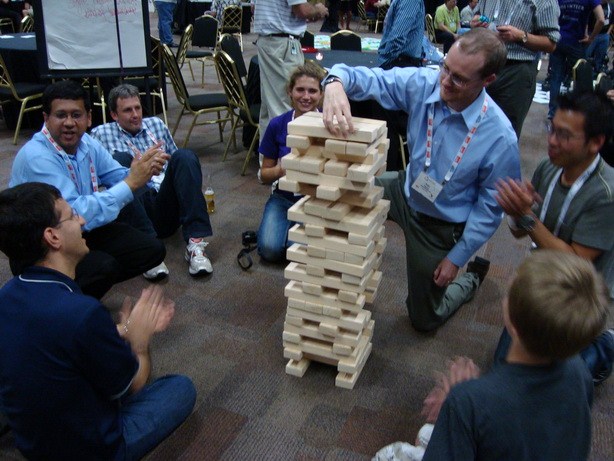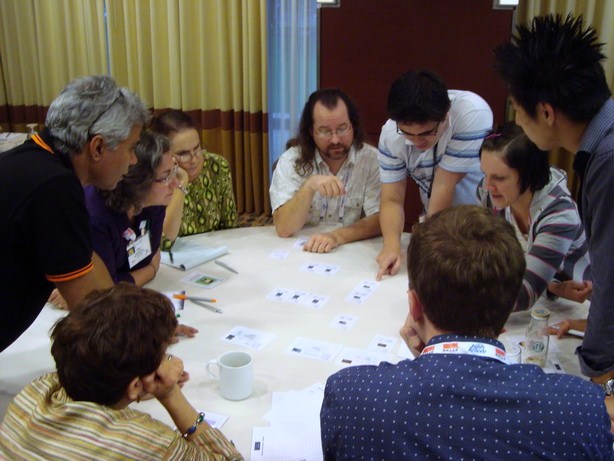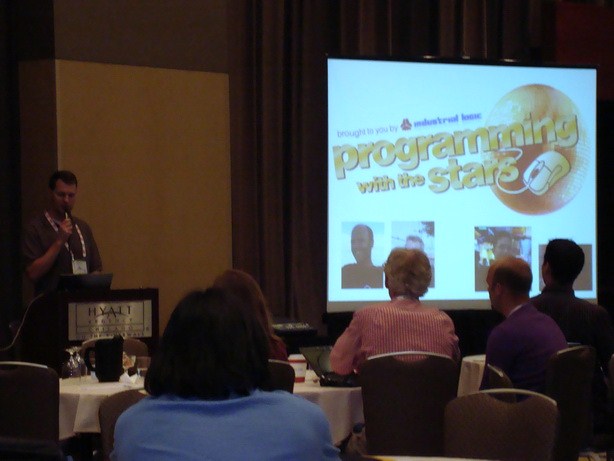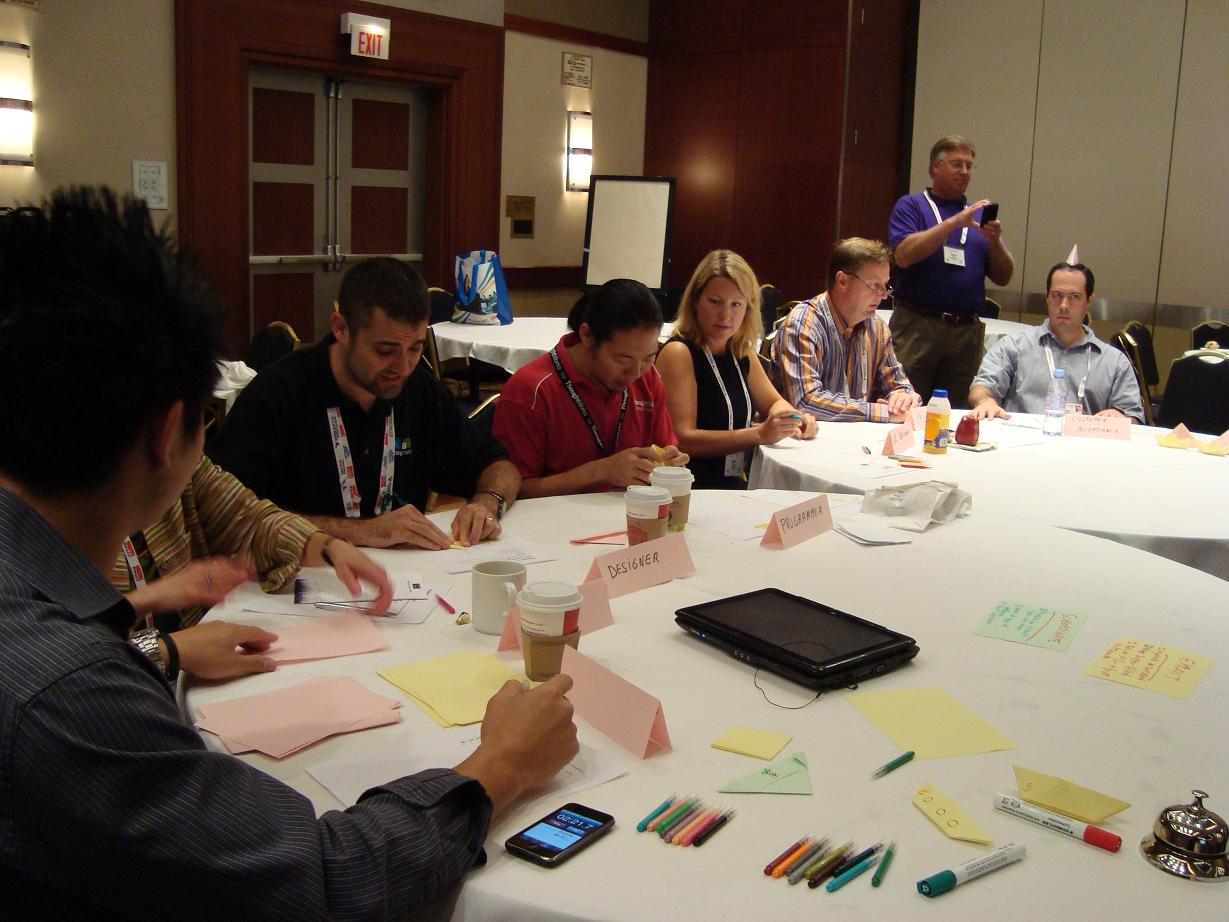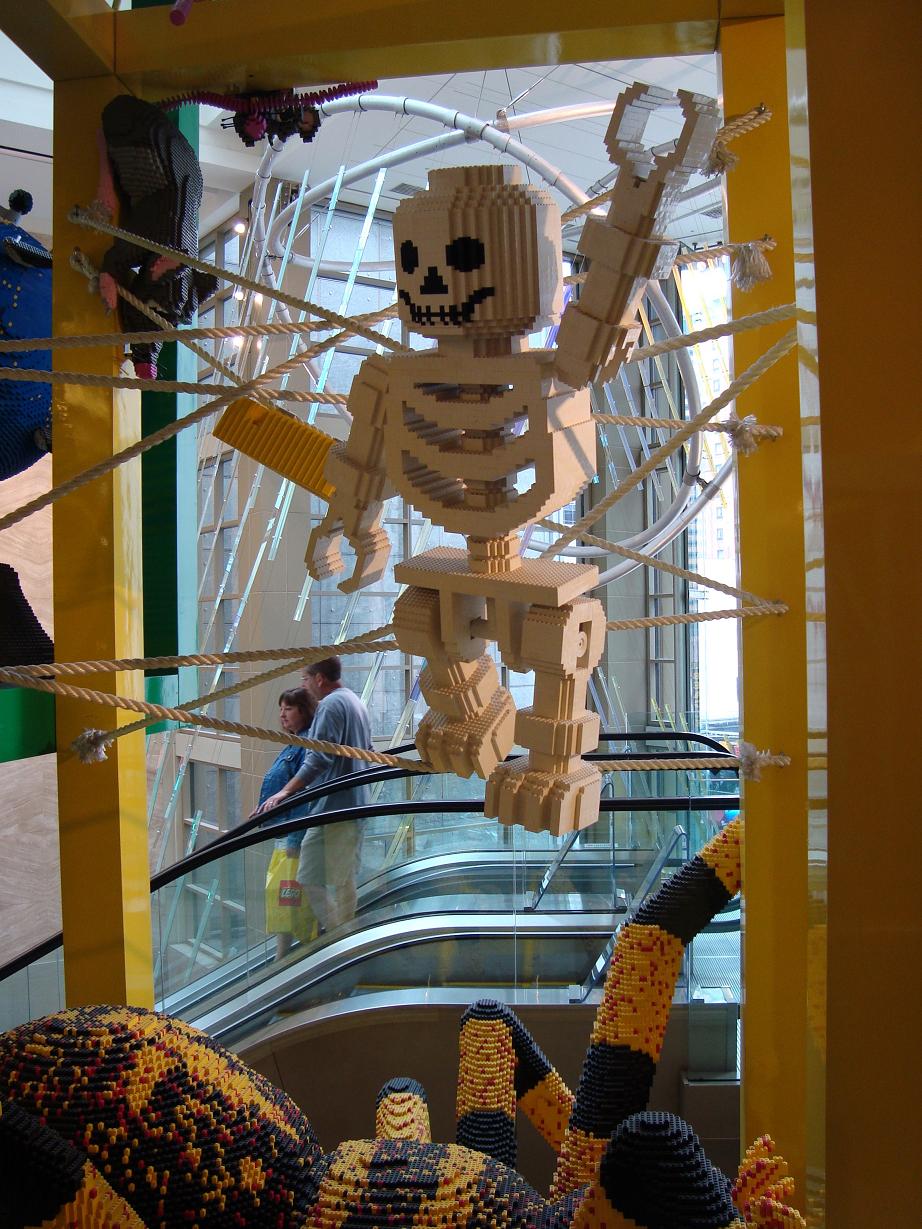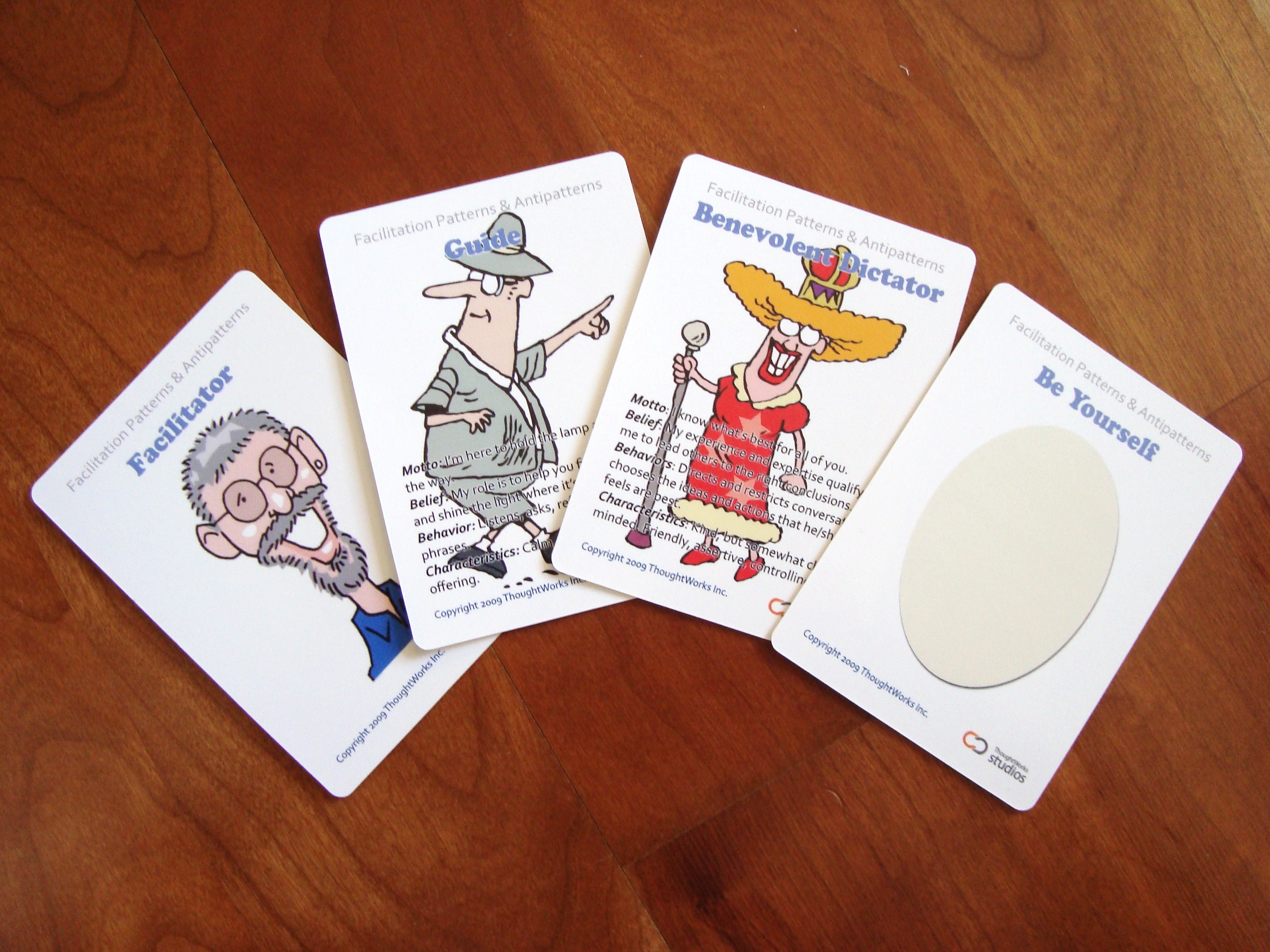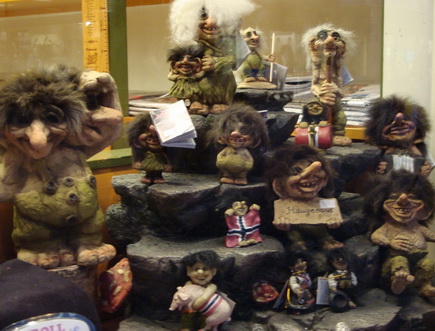
I like to think of work as an adventure. This makes me an intrepid adventurer who:
- Goes about with an open mind – always striving to listen without judgment to discover the facts
- Seeks to deeply understand – always listening first and asking questions
- Is ready for anything – constantly refinining my existing skills and acquiring new ones
- Strives to create a happy ending for everyone involved – helping to make WIN-WIN situations possible for everyone.
Postcard from Norway
I was invited to Haugesund in Norway last week to meet an Agile team keen to do what they do even better.
It was my first visit to Norway and, as usual, I ask many questions and get many answers. For me, this is the best way to learn about a new culture and help me develop a better understanding of those with whom I work.
For instance, on arrival, I ask my taxi driver to describe the Haugesundians in 3 words. After a brief moment of consideration, he replies, ‘Happy. Friendly.’ And last but not least, ‘We’re full of guts!’ he says as he strikes his chest with a closed fist and beams a smile. We both laugh out loud in appreciation of his answer.
I learn that the Norwegian working day is from 8 am – 4 pm with lunch at 11 am and dinner from as early at 5 pm. An earlier lunchtime demands a slight physical adjustment for me since I’m a Brit used to having lunch at midday. It leads me to wonder if the concept of ‘brunch’ exists and, if so, what its definition would be and when it would be scheduled.
While we’re on the subject of food, I experience firsthand that fish features a great deal in the Norwegian diet, including what’s best described as edible white discs made of fish. It’s known as fishcake which can be served cold or hot (lightly fried until it’s brown on both sides). They taste fairly bland, but since it’s fish, I figure out they’re probably an important part of a healthy diet.
I notice that monkfish is a popular fish and discover a curious story about how the monkfish reached the dining table of the Norwegians. The monkfish is considered to be an ugly fish by many. And so, for a long time, the fishermen would discard the monkfish from their catch because it was too ugly to eat. Then one day, a fisherman set aside this deep-rooted prejudice and served monkfish to his family for dinner. Lo and behold – he discovered what a tasty fillet the monkfish made! Ever since then, monkfish has become a special dish featured on many restaurant menus. Now’s that food for thought.
Since I remain intrigued by the Finnish fascination with saunas, I share my encounter with the concept of the Finnish sauna with some of the team. The result? 4 out of Scandinavians polled (3 Norwegians and 1 Dane) clearly identified the passion for sauna as predominantly a Finnish pastime.
Last but not least, I come across a troll with three heads at the airport. I wish I knew why the troll had three heads and why he needed so many. I wonder if having three gives him a real headache. I look forward to asking the questions the next time I meet up with the team!
